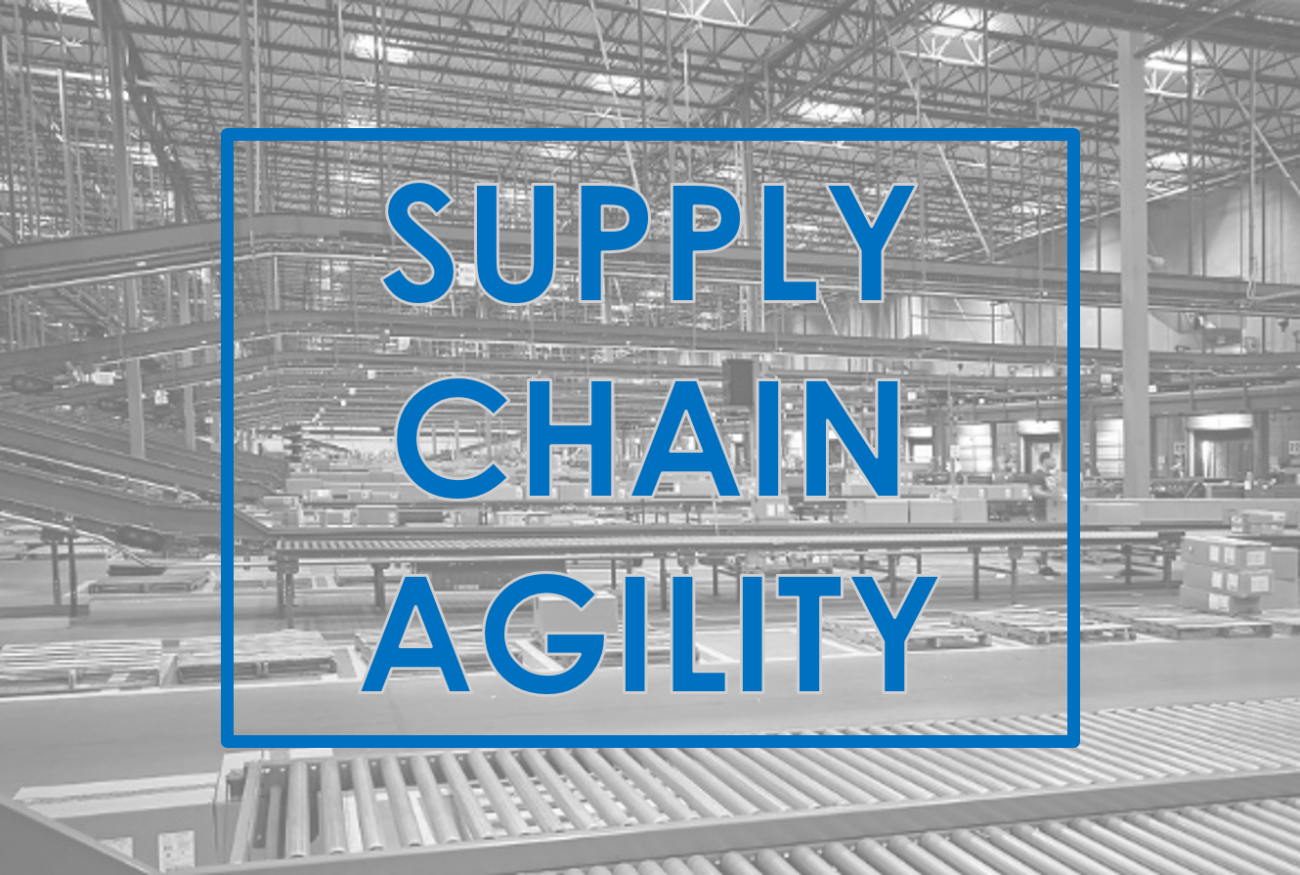Critical Options to Make Your Company More Flexible, Scalable and Agile
September 15, 2021 Topics: Uncategorized From the time I joined Sedlak several decades ago until today, we have recommended to clients solutions that provided the potential to be scalable and flexible. Accomplishing this in the past meant that where possible, especially in an expansion or new build, we would allow additional space for expansion of areas. We presented this so that operations could accommodate reasonable variations from the business plan (increased sales, SKU growth or a new value-added service) with little or no impact on adjacent areas/operations. That often included leaving some space between areas to assure that if one grew more than another adjacent one, either area could expand, or designing a picking area on the ground floor that was structurally capable of supporting a second or, if there was sufficient space, even a third-level mezzanine. While many clients took our advice and understood that the benefits came with some additional capital requirement, all too often this intangible benefit was eliminated because it appeared to have little justification.
From the time I joined Sedlak several decades ago until today, we have recommended to clients solutions that provided the potential to be scalable and flexible. Accomplishing this in the past meant that where possible, especially in an expansion or new build, we would allow additional space for expansion of areas. We presented this so that operations could accommodate reasonable variations from the business plan (increased sales, SKU growth or a new value-added service) with little or no impact on adjacent areas/operations. That often included leaving some space between areas to assure that if one grew more than another adjacent one, either area could expand, or designing a picking area on the ground floor that was structurally capable of supporting a second or, if there was sufficient space, even a third-level mezzanine. While many clients took our advice and understood that the benefits came with some additional capital requirement, all too often this intangible benefit was eliminated because it appeared to have little justification.
Well, then came the 2020s, and while most facilities could handle business changes of 5-15%, now they were required to react immediately to significant business changes, i.e. shortages of supply due to unexpected high demand (sanitizers), a shortage of labor, or often a new channel of distribution (direct to consumer).
Suddenly several things happened:
- A new word was added to the vocabulary of supply chain operations – AGILITY
- Funds to address these challenges were a requirement, not an option
- Retaining and acquiring workers became a huge challenge
Fortunately, the material handling industry and supply chain professionals were up to the task. Technologies that I refer to as the alphabet soup of solutions were already being introduced at a significant pace; these solutions included AGVs, AMRs. GTPs, and WES. The first two technologies are the easiest to install, and the most flexible since they can be added incrementally and are often provided as a service (RAAS), can be implemented in months, and help reduce the demand for adding associates. The GTPs require significant capital and have lead times of up to a year; however, designs such as Autostore have significant flexibility since the system can be configured to meet the configuration of the space (much like a Lego set) and the number of picking bots and work stations can be added as demand dictates. These and other technologies will only continue to evolve with the continuous improvements in capabilities of AI, vision systems and gripping/retrieving devices for robots.
While it is difficult to grasp how we can have 8.5 million unemployed and 10 million job openings and yet can’t find distribution workers, we are all faced with that reality which is a combination of factors including public policies that incentivize people to stay home, people’s inability to pass entry requirements such as drug tests, and other personal mitigating factors. These will continue to be a challenge. For these and many other reasons, it is important to retain the staff that you do have and reward them for their performance. This has been a driver for performance systems that track individual levels of performance and reward those associates accordingly. Easy Metrics is a financial and labor management tool provider we partner with and have implemented for multiple clients with double-digit direct labor savings. It can be implemented in 3-4 months and does not require constant monitoring and periodic updates from an industrial engineering team since it is based on statistically significant data to self-maintain.
These and other solutions can certainly help your company stay flexible and scalable while maintaining cost. What these do not address is the question, “Am I in the right location with the correct number of facilities to best service my customers?” Delays in getting product from the ports, trucker shortages and parcel carriers limiting volume require more strategic discussion. This last portion of addressing the agility question is why we are seeing more interest in network rationalization modeling. Not only can a review of your network address these questions, but it typically will result in opportunities to save on both inbound and outbound freight, one of your largest line item expenses, while resulting in improved customer service and greater agility in your supply chain.
While it is too close to peak to completely implement most of these options, it is THE RIGHT TIME TO BE EVALUATING AND PLANNING FOR THEM!
We welcome the opportunity to explore any of these options with you. Just like the New Year’s resolution to be more physically fit is a good way to start the year, so too is being more flexible, scalable and ultimately agile in your supply chain.
Questions? Contact Sedlak Vice President Lou Cerny at lcerny@jasedlak.com for more information or to discuss your supply chain needs.





